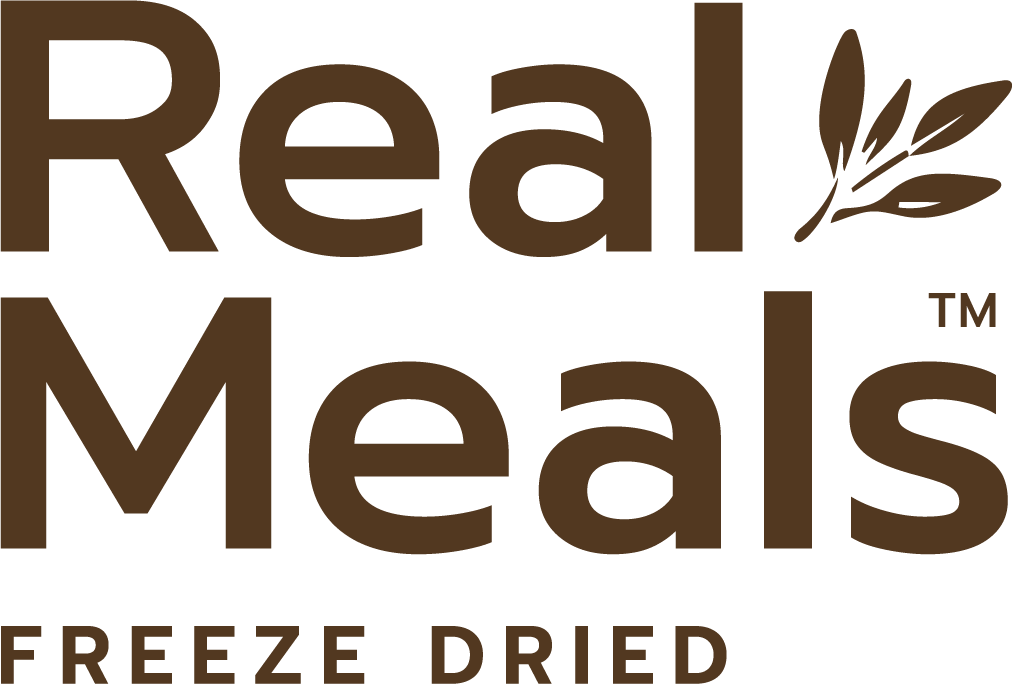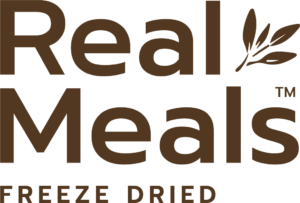The “numbers” in the ingredients list on Real Meals labels replace the chemical or common name of particular food additives. We don’t actually add these things ourselves. They come with some of the ingredients we use, for example, coconut cream, curry paste, ice cream etc. These are used in most products to enhance the colour, flavour, texture or prevent food from spoiling.
This isn’t a new thing; food additives have been used for centuries. The ancient Romans would use spices such as saffron to give foods a rich yellow colour. Salt and vinegar were used to preserve meats and vegetables for long voyages.
In the 1960s, regulators decided to make a standardised list of these additives. A lot of people call them ‘E-numbers’. This is because in Europe, they are referred to as E-numbers (the E stands for Europe). In New Zealand, we just use the code number.
So, vitamin C would be called E300 in Europe. In New Zealand, it can be found on labels with the code number 300, such as “food acid 300”, “ascorbic acid (300)” or “vitamin C (300)”.
The numbers & what they mean;
170: Calcium Carbonate, derived from egg shells and chalk (limestone), and used as an anti-caking agent and frequently added as a calcium supplement in bread and baked products.
200: Sorbic Acid, occurs naturally in some fruit, and is added as a food preservative to eliminate mould.
202: Potassium Sorbate, used to preserve candied fruits, and inhibit the growth of mould and yeasts.
211: Benzoic acid, a salt based product used as a preservative. Fruit and vegetables can be rich sources of benzoic acid especially cranberries.
220: Sulphur Dioxide, used as a preservative for dried apricots and sultanas and was first used by the Romans to preserve wine.
222: Added to wine and beer to stop fermentation, and acts as a preservative by preventing browning and yeast growth.
223: Preservative used in coconut cream production to stop the cream from going brown when it is exposed to the air.
260: Acetic acid, otherwise known as vinegar!
300: Ascorbic Acid, also known as Vitamin C, naturally occurring in fruit and vegetables, and used as an anti-oxidant, and essential nutrient required for the repair of tissues and enzyme production in the body.
330: Citric acid (think Lemon Juice), an anti-oxidant, preservative and acidity regulator to inhibit mould growth.
339: An acidity regulator.
340: Potassium Phosphate, a nutrient supplement, sequestrate and emulsifier, a malting or fermentation aid, and a stabiliser and thickener.
341: Calcium Phosphate, raising agent used in baked goods, and found naturally in milk.
385: A preservative added to prevent oxidation and dis-colouration.
401: Alginic Acid, extracted from brown seaweed and used as a gelling agent, and an emulsifier, often used in ice cream.
412: Guar Gum, extracted from Guar beans and used as a gluten free thickener.
414: Gum Arabic (similar to 412), a dietary fibre and a prebiotic.
415: Xanthan Gum, made by fermenting glucose and sucrose, and used as an emulsifier and thickening agent.
433: Emulsifier, stabiliser and thickener, used in ice cream to keep it smooth, and increases its resistance to melting.
460: Cellulose, a source of fibre, and used to stop grated cheese from caking together in the pack.
470: Salt, used in crisps as an anti-caking agent.
500: Bicarbonate of Soda, a raising agent used in baked goods.
541: Baking Powder.
575: Used in cheese manufacturing to increase the tangy taste, also used in pickling and curing.
1414: A modified starch used as a thickener and emulsifier in food.
1422. A starch used as a thickener, and to improve the texture of sauces.
160a: Beta-carotene, a plant pigment derived from carrots, tomatoes, oranges and leafy green vegetables, the body converts this to Vitamin A.

